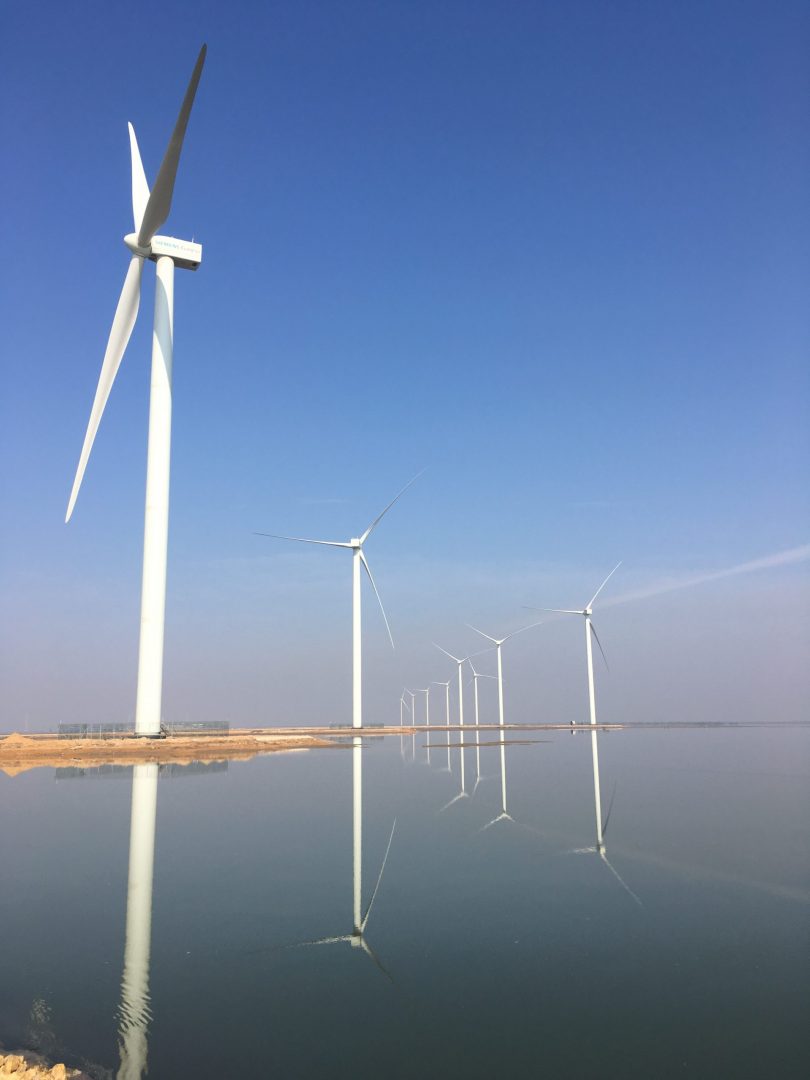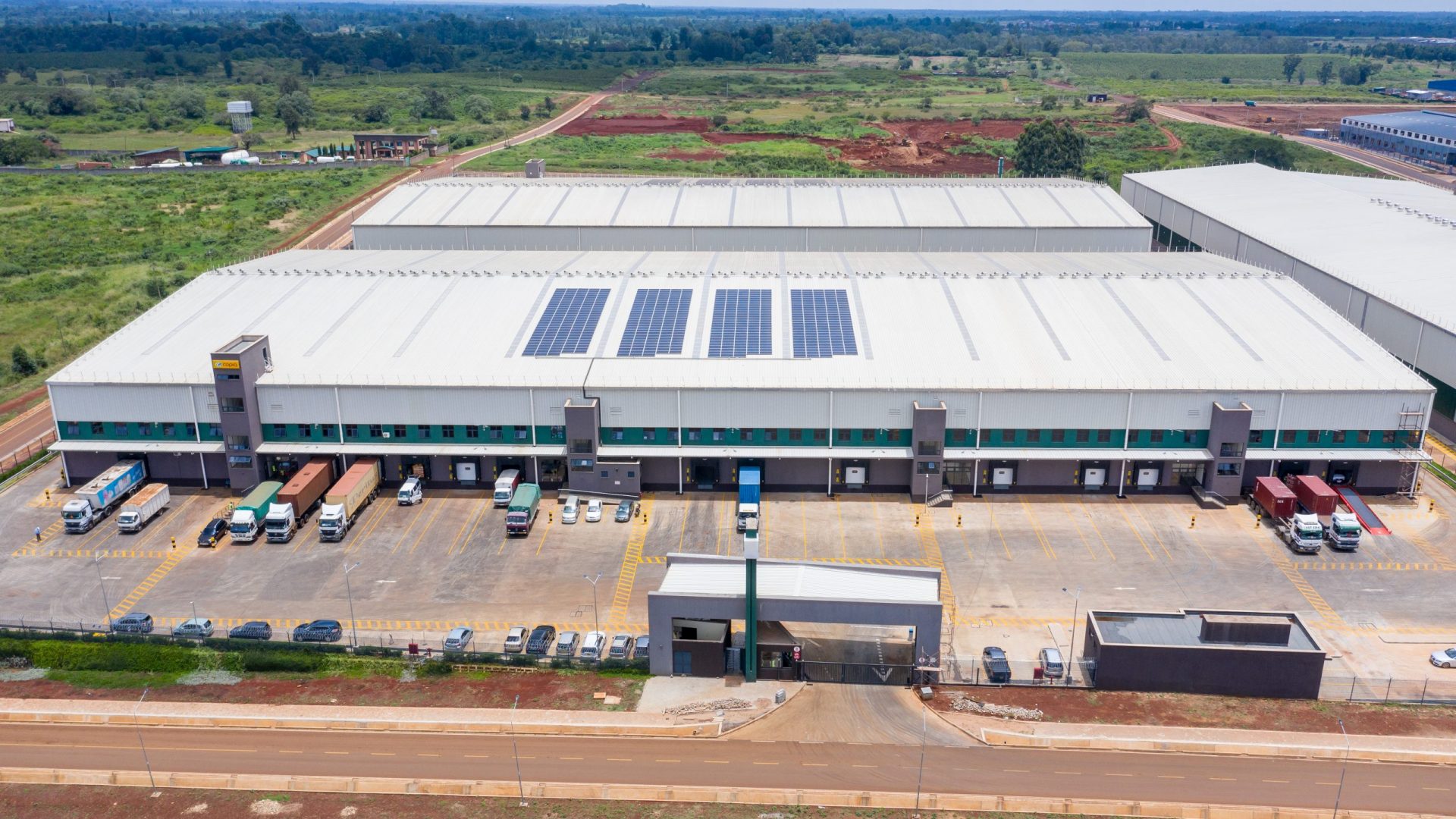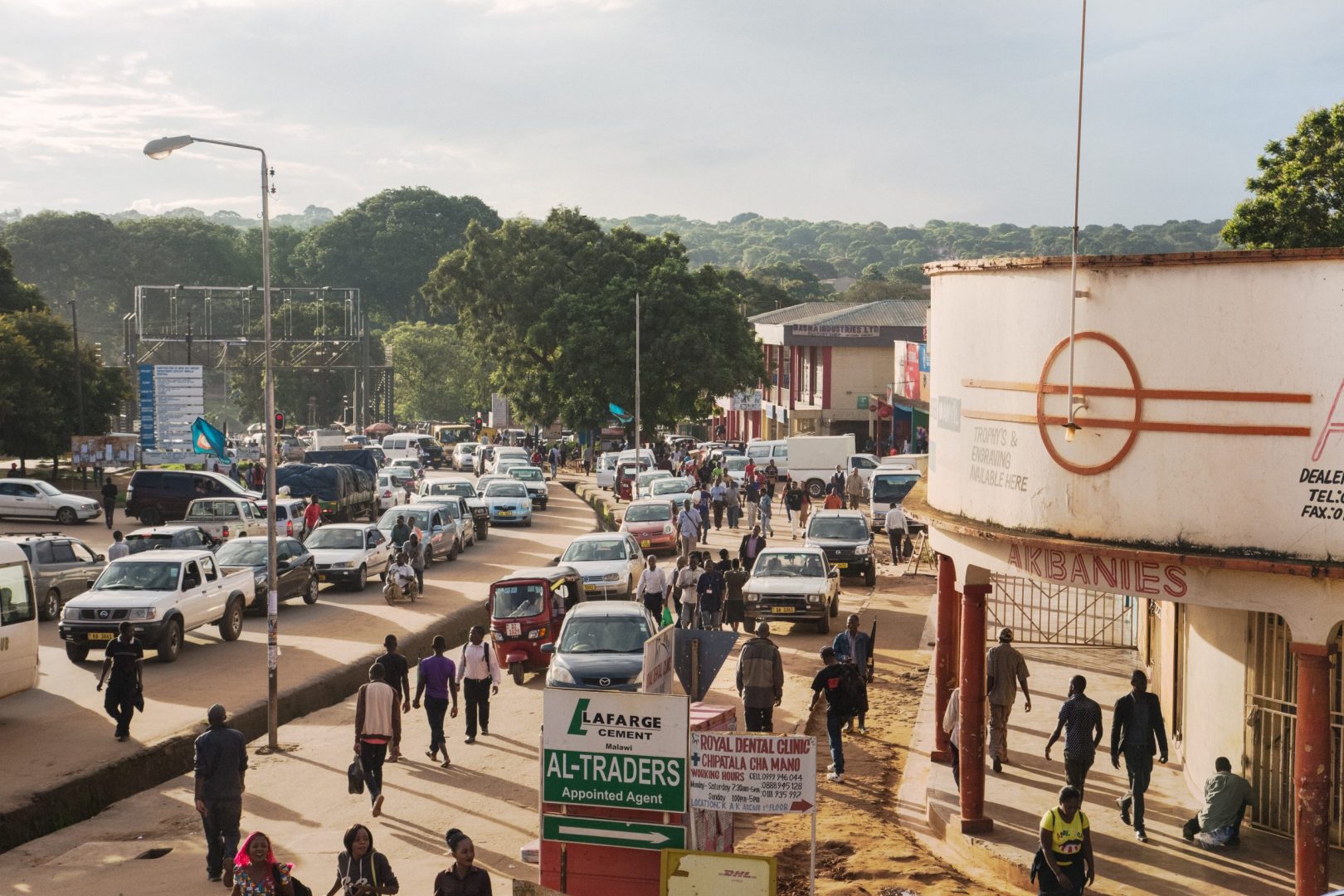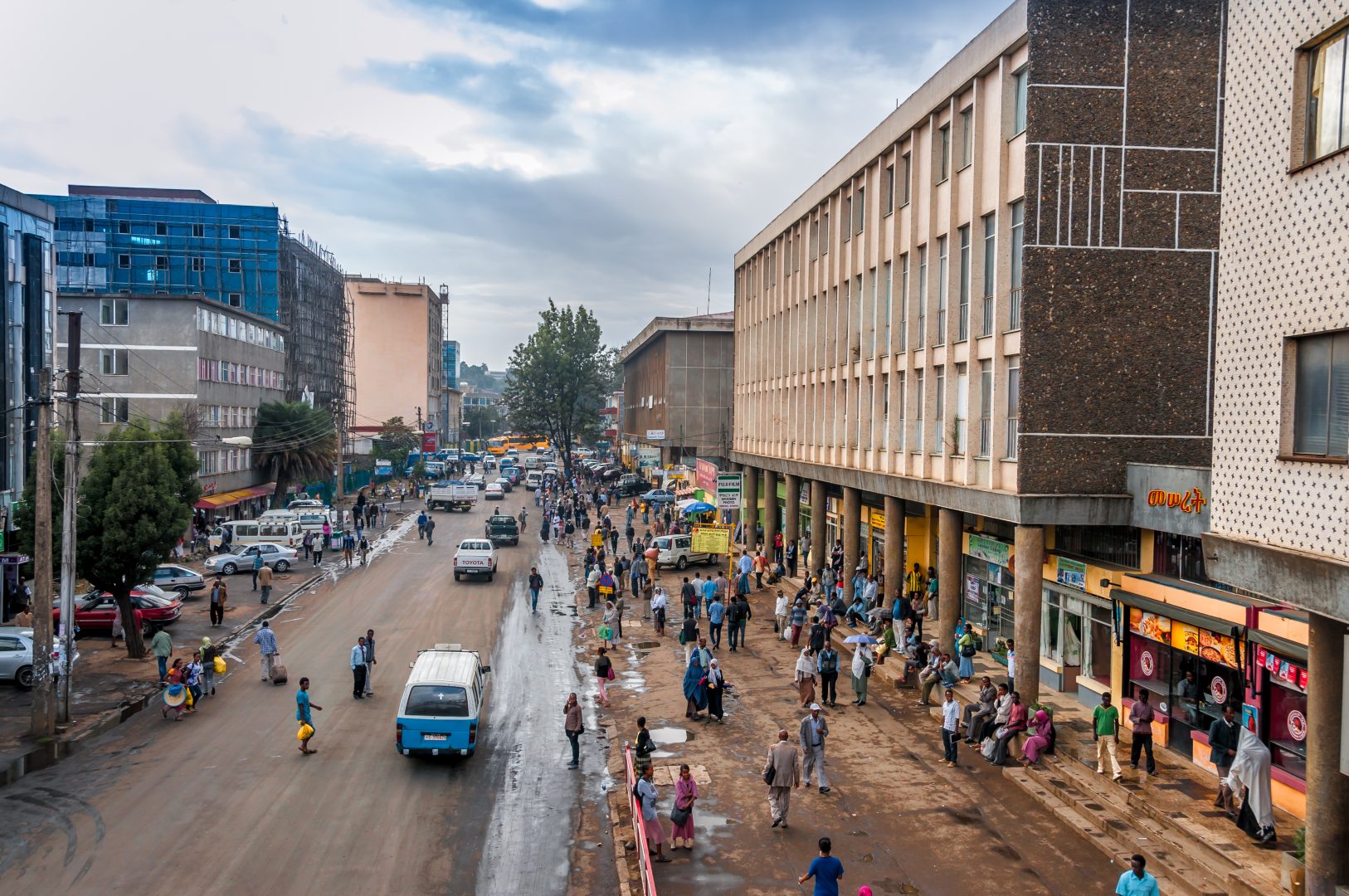Advances in technology for domestic appliances have increased at an explosive rate in the last century. Yet, some of them have not been adopted by consumers as quickly as expected, despite the potential to make life easier. For example, it took the telephone almost a century to catch on, despite being cheaper and more reliable than sending messages in person or by telegraph. Alexander Graham Bell invented the telephone in 1867, but it was not until the 1980s that 90 per cent of American households owned a telephone.
In many countries, household items, such as the fridge, microwave and washing machine, have contributed significantly to the development of modern lives. In some cases, they’ve been adopted quickly – for example, in the US, it took only about 10 years until 85 per cent of households owned a fridge. Modern appliances give people more time to spend on other activities: working, reading, playing, inventing. Women have especially benefited from these innovations, given that the bulk of domestic work still falls to them.
Yet, in many parts of the world, many still do not have access to such household amenities. Largely, this is due to a lack of electricity. Globally, 840 million people still live without electricity, and a further 1 billion people live with unreliable or insufficient electricity. Businesses have started to see this as an opportunity and off-grid solar companies have developed a market over the past ten years to supply energy to rural households through solar home systems. Pioneered by CDC’s investee company M-KOPA, payments are often made through pay-as-you-go financing enabling customers to ‘lease’ the system and pay in small increments daily or weekly through mobile money.
To benefit further from this electricity supply, the next step has been to develop appliances that can run on solar systems and can help improve people’s lives. The idea of an ‘off-grid fridge’ had high expectations. Research from 2018 estimates that annual spending on fridges by off- and weak-grid households is around $75 million with the potential to increase to $1.1 billion by 2020. Yet, adoption of the product has lagged far behind expectations. In its core market, Kenya, only a few hundred have sold so far.
We wanted to find the reasons behind this slow take-up, but more importantly to understand the benefits of off-grid fridges for the consumer. That’s why, together with M-KOPA and Dalberg, a consultancy firm, we’ve produced an Insight study to learn more.
Everett Rogers, who came up with the popular diffusion of innovation theory, states that one of the most important factors in innovation is perception. Entrepreneurs need to manage not only the ‘objective characteristics’ of an innovation, but also the perceived advantage of the product in the eyes of the potential adopter. We’ve tried to understand perceptions by asking over 1,100 households in Kenya about their opinions on the impact of a fridge.
Our first conclusion was that people do perceive fridge ownership to bring significant benefits. The M-KOPA fridge is estimated to save households around $4.82 per week from fewer trips to the market, less expenditure on cooking fuel, and less food waste due to spoilage. It is also expected to save households roughly two hours per week – time savings which primarily women benefit from. Female respondents tend, on average, to estimate higher savings across all areas we looked at (+6 per cent against male respondents).
Compatibility is another a key part of innovation theory – the idea that a product’s adoption is accelerated if its innovation is compatible with current practices and beliefs. In our study, we found that both men and women thought owning a fridge would lower stress levels and increase convenience – in other words the product was in line with their current practices and beliefs. For example, respondents thought having a fridge would relieve women from rushing to the market and then back home to prepare dinner at a certain hour. Others noted that they felt assured that their food is “safe” and “alright”. And some said fridge ownership would increase their social capital by signalling wealth and economic stability to the community and giving them the ability to host neighbours.
So what’s not to love? From our study we have found that there are a range of constraints to fridge ownership. Few customers have had the opportunity to experience the product in their home or know someone who has, making it difficult to trial the product and increase familiarity. Customer education through a well-trained sales force is crucial to accelerate product innovation.
However, the biggest hurdle remains the price. Despite the positive impact of owning a fridge, a clear majority of owners (83 per cent) in Kenya say it’s currently too expensive and more than half say that they have had trouble making payments. Off-grid fridge prices range between around $300 and $2,200 (significant compared with an average gross national income of around $2,000 per person in Kenya) which is beyond what many off-grid households can afford. And given that M-KOPA’s fridge provides the most value for money benchmarked against other off-grid fridges, price remains a hurdle for the whole off-grid fridge market.
Nonetheless, there’s still potential for this market to develop. When shown the product and pricing, most households surveyed remained interested in buying the product. On average, around 60 per cent of the respondents would be interested or very interested in buying an off-grid fridge. It is estimated that as many as 1.8 million off-grid households in Kenya would be interested in the buying an off-grid fridge even at current prices.
Ensuring a broader set of households access the benefits of off-grid fridges, and enabling a commercially viable market, means affordability needs to be dramatically improved whilst maintaining efficiency. Both CDC and M-KOPA are firmly committed to using our investment capital, and products and services to innovate. As Jesse Moore, M-KOPA’s CEO, said: “More research and understanding about how to appropriately design, price and sell off-grid refrigeration will help scale the market. We’re determined to keep trying.”
CDC’s Insight study, ‘How innovation in off-grid refrigeration can impact lives in Kenya‘, explores the impact of off-grid fridges and M-KOPA’s product innovation in this area in more detail. Through interviews and focus groups with over 1,100 households combined with other data sources, our research demonstrates the impact off-grid refrigeration has on households, especially on female users.












